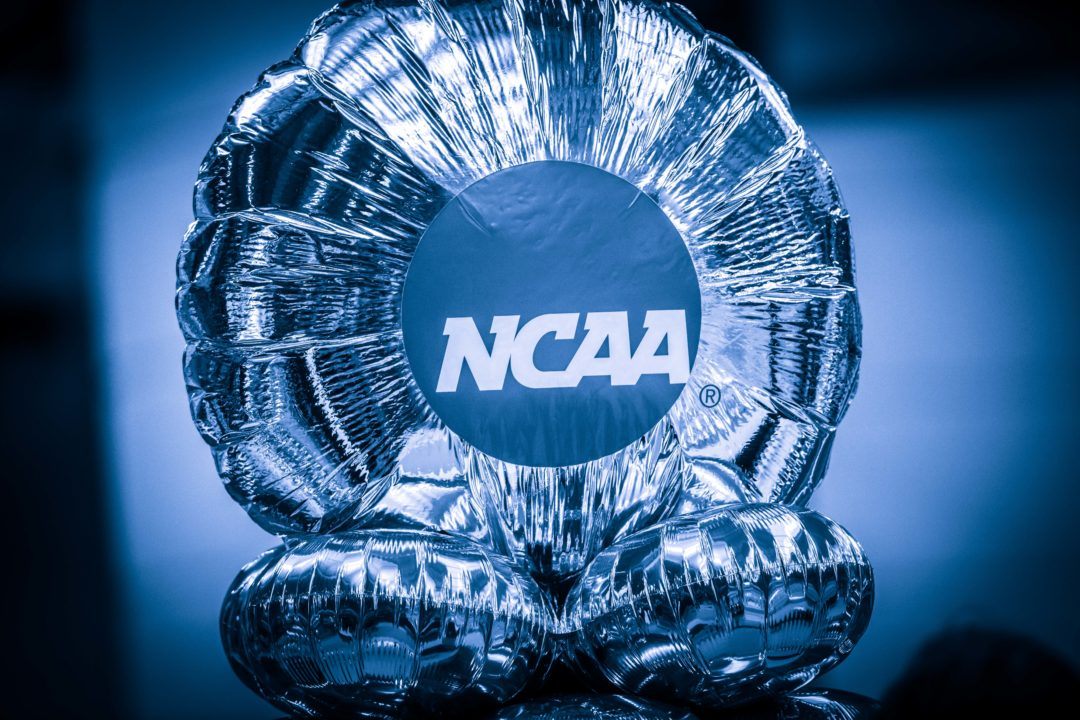Several measures have been put into action, or entered consideration, by the NCAA‘s Division II in the last few days.
In a release on May 14, they announced two measures: one being a blanket waiver for progress-toward-degree requirements, the other being the move to a quiet recruiting period.
PROGRESS-TOWARD-DEGREE WAIVER
The blanket waiver affects student-athletes for the 2019-20 season. Here is what the Administrative Committee waived:
- NCAA credit-hour (term-by-term, academic year and annual) requirements.
- Grade-point average requirements.
- Transferable nine semester/eight quarter hours for student-athletes whose last full-time term of attendance was spring 2020.
- Average of 12 transferable credit-hour requirement for transfers with one season or two semesters/three quarters remaining, provided the student-athlete was on track to meet that requirement before the spring 2020 term.
The release notes that student-athletes must still be in ‘good academic standing,’ as well as meet any remaining applicable progress-toward-degree requirements, to compete next season.
RECRUITING QUIET PERIOD
Division II will enter a quiet period in recruiting set for June 1 – 30, which differs from the Division I decision to continue its dead period. Whereas no in-person recruiting is permitted in Division I for the time being, Division II coaches may have face-to-face contact with college-bound student-athletes or their parents on the college’s campus.
Coaches also may write or telephone college-bound student-athletes or their parents during this time, which is also permissible in a dead period.
With the decision to move to a quiet period, Division II institutions will be permitted to host camps and clinics in June. Of course, institutions will be subject to local and state health guidance and institutional and conference decisions regarding holding camps and clinics.
“While schools in some parts of the country will inevitably be able to open and bring prospective student-athletes on campus sooner than others, this decision was made in the interest of assisting our institutions with enrollment management during a challenging time for higher education,” said Sandra Jordan, chancellor of South Carolina Aiken and chair of the Division II Presidents Council.
Committed athletes (those who have signed a National Letter of Intent) can also participate in voluntary, nonphysical team entertainment activities at the direction of a coaching staff member until the start of the institution’s fall 2020 term. This is according to a separate blanket waiver.
CONTEST MAXIMUMS, MINIMUMS REDUCTION
Per a May 15 release, the Division II Management Council recommended lowering contest maximums and minimums for the 2020-21 season.
The reduction on contest maximums for the season varies from sport to sport. Swimming and diving, for example, has had its maximum reduced to 12. The full list of sports and recommended new maximums are in the release linked above.
All sports had minimums reduced by 33%, save for women’s rowing, which went from five seasonal contests to four.
